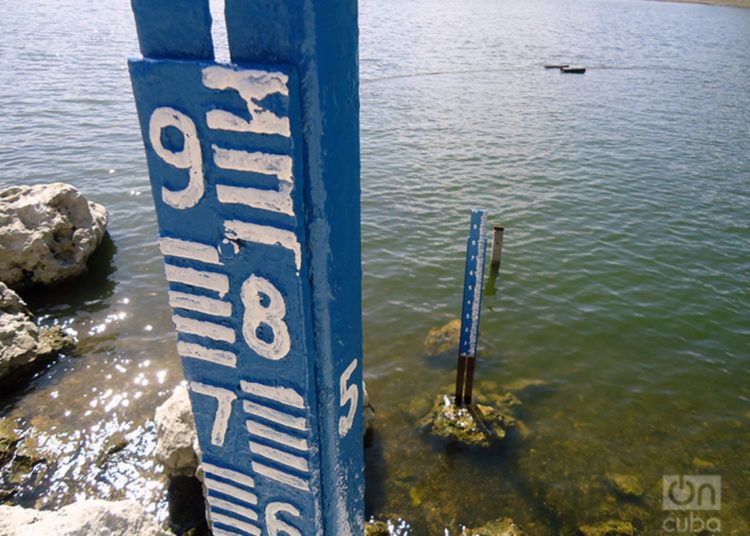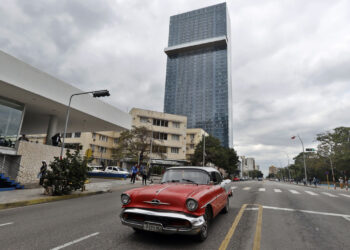The Caribbean Institute of Meteorology and Hydrology (CIMH) warned of the possibility of drought during the next three months in the region, including Cuba.
The CIMH forecasts released this Tuesday indicate that under the influence of the El Niño phenomenon – the warming of the Pacific waters that conditions the climate in other parts of the world – it is possible that during periods of less rainfall in the Caribbean region there will be periods of drought, which in some places could be extreme.
According to the CIMH, since December 2018 drought has been registered in areas of the Bahamas, Cuba, Cayman Islands, Dominican Republic, Haiti and Jamaica, among other Caribbean territories.
In the short term, periods of drought may particularly affect Barbados, the Cayman Islands and the coast of Suriname, and it is possible in many other areas, while in the long term it may be registered in Antigua, the north of the Bahamas, western Cuba, Grenada, Jamaica and Saint Kitts-Nevis.
In its forecasts the CIMH affirms that after the transition from the dry to rainy season, during the months of April to June, warmer temperatures than usual can be expected with the possibility of heat waves in May, particularly in Belize and Trinidad and Tobago.
In addition, it notes the possibility of more abundant than usual rainfall from April to June in the Eastern Caribbean.
Cuba suffered an intense drought between 2015 and the first half of 2017, considered the worst of its last 110 years, which caused severe losses in the economy and affected almost one million people.
The situation started changing in September 2017 when Hurricane Irma hit the island and its rainfall, followed by other rainy periods, allowed a recovery of the reservoirs. However, since then the meteorological scenario has oscillated between heavy rains – like those of Tropical Storm Alberto – and dry periods.
In December only 5% of Cuba presented deficits in its accumulated rainfall, while in the last quarter the effects reached 42% of the Cuban territory, with 3% with deficits classified from severe to extreme, 13% as moderate and 26% as weak, according to the Cuban Institute of Meteorology.
EFE / OnCuba










